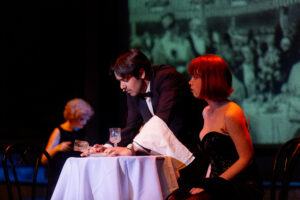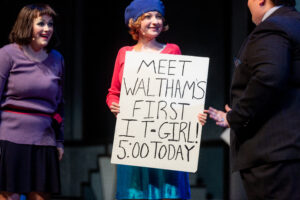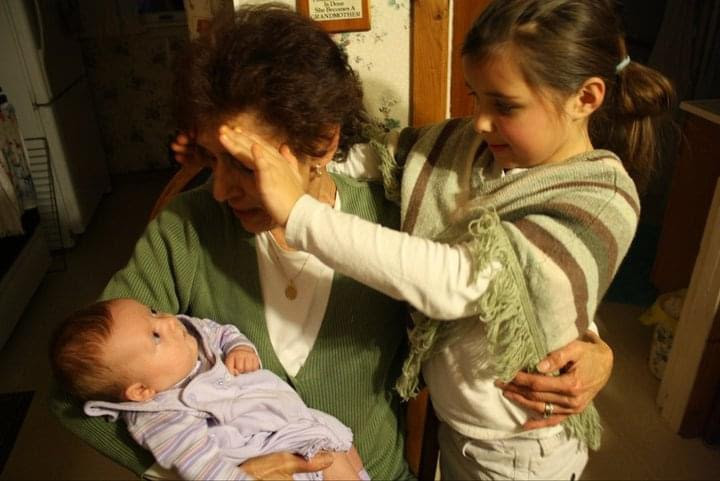The ‘It’ Girl’ is a success
Spring musical comments of social, economic barriers in the 1920s

Castleton’s Fine and Performing Arts Department’s rendition of “The ‘It’ Girl” was an in-depth exploration of the social and financial struggles that accompanied the 1920’s.
The story follows Betty Lou Spence, a confident, ambitious, but impoverished young woman living with a single mother who is chronically ill. The play is centered around Spence’s place of employment, Waltham’s Department Store, a company facing stiff competition by franchising competitors and resolves to host a marketing scheme to find the new ‘It’ girl. The superficiality of the marketing scheme provides an example of the intricate social and financial hierarchies of the time, which also contribute to Spence’s overarching love story.
Spence’s life is juxtaposed by socialite Adela Van Norman, who acts as a foil to understanding the harsh reality faced by women in the early 20th century lacking social status. Although the two characters are often pitted against each other and vie for the same man, Jonathon (the new CEO of Waltham’s), it is clear they share a secondary desire: financial stability and freedom.
As the play progresses, their relationship grows increasingly hostile as both Van Norman and Spence fight for Jonathon’s attention. This commonly used trope demonstrates how social structures and expectations inhibit women’s abilities to develop meaningful relationships with each other.

Social expectations and structures are further criticized through Jonathon’s character, who embodies the conservative and traditional values that pervaded early America. For example, as he strategizes ways for Waltham’s Department Store to compete with the competition, Jonathon vocalizes his desire to “stand firm with tradition when coming into the modern age.” This disposition drastically opposes that of Spence, who is optimistic that cross-class relationships will be possible.
Spence comments that Jonathon’s love is “worth a fortune,” which not only refers to the deep connection they share, but also their economic juxtaposition. Comedic character, Monty Montgomery further emphasizes this disharmony, saying that Jonathon and Spence would be like “oil and water” and encourages him to stop pursuing her.
Though a love story veils the nasty economic reality, Spence’s eventual date with Jonathon to Coney Island provided a brief reprise. It manifested a reality wherein economic class and gender inequalities were effectively nullified, and interestingly, it is where Spence and Jonathon share their first kiss. The setting of the stage reflected a utopia where individuals can freely express themselves unconcerned with bigoted opinions and contrasted the hierarchal and sexist structure of Waltham’s Department Store.
Following the Coney Island date, Jonathon suggests a mistress-type relationship with Spence, which acts as the climax of the plot. The audience is struck with the overwhelming significance of social class accompanying the opportunity. But Spence’s rejects his proposal, which finally ignites him to examine their society.
In the end, Jonathon eventually recognizes the privileged reality in which he operates by gender and social status and goes undercover to converse with Spence. They establish a relationship and find happiness, though arguably, the obstacles that stood in front of the relationship were far more valuable to the play’s overarching message.
Castleton’s rendition of “the ‘It’ Girl” was an informative and eye-opening analysis of the social inequalities and economic struggles that undermine the ability of individuals to lead fulfilling and happy lives.








